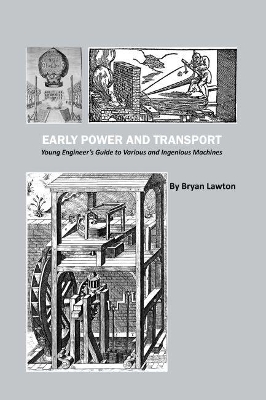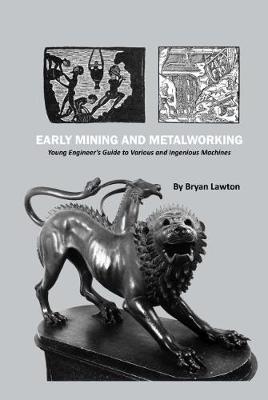Young Engineer's Guide to Various and Ingenious Machines
2 total works
Bryan Lawton received ASME's Engineering-Historian Award in 2016 for his acclaimed book, Various and Ingenious Machines. VIM is a 1300 page, two-volume work, which provides a well-researched history of mechanical engineering worldwide, from prehistory to roughly the beginnings of industrialization.
One of the main purposes of his two-volume VIM is to not only deliver an outline of mechanical engineering history, but also to provide an adequate mathematical treatment for each topic, without straying beyond an engineering first degree level. Thus the reader can enjoy a well-written history and can supplement it with a concise mathematical explanation in the appendices at the end of most of the chapters.
ASME Press is offering VIM in a shortened, more affordable and accessible form, to serve as a guide for possibly probing deeper into the parent work. Volume 1 covers early power generation and transportation.
One of the main purposes of his two-volume VIM is to not only deliver an outline of mechanical engineering history, but also to provide an adequate mathematical treatment for each topic, without straying beyond an engineering first degree level. Thus the reader can enjoy a well-written history and can supplement it with a concise mathematical explanation in the appendices at the end of most of the chapters.
ASME Press is offering VIM in a shortened, more affordable and accessible form, to serve as a guide for possibly probing deeper into the parent work. Volume 1 covers early power generation and transportation.
Bryan Lawton received ASME's Engineering-Historian Award in 2016 for his acclaimed book, Various and Ingenious Machines. VIM is a 1300 page, two-volume work, which provides a well-researched history of mechanical engineering worldwide, from prehistory to roughly the beginnings of industrialization.
One of the main purposes of his two-volume VIM is to not only deliver an outline of mechanical engineering history, but also to provide an adequate mathematical treatment for each topic, without straying beyond an engineering first degree level. Thus the reader can enjoy a well-written history and can supplement it with a concise mathematical explanation in the appendices at the end of most of the chapters.
ASME Press is offering VIM in a shortened, more affordable and accessible form, to serve as a guide for possibly probing deeper into the parent work. Volume 1 covers early mining and metalworking.
One of the main purposes of his two-volume VIM is to not only deliver an outline of mechanical engineering history, but also to provide an adequate mathematical treatment for each topic, without straying beyond an engineering first degree level. Thus the reader can enjoy a well-written history and can supplement it with a concise mathematical explanation in the appendices at the end of most of the chapters.
ASME Press is offering VIM in a shortened, more affordable and accessible form, to serve as a guide for possibly probing deeper into the parent work. Volume 1 covers early mining and metalworking.

